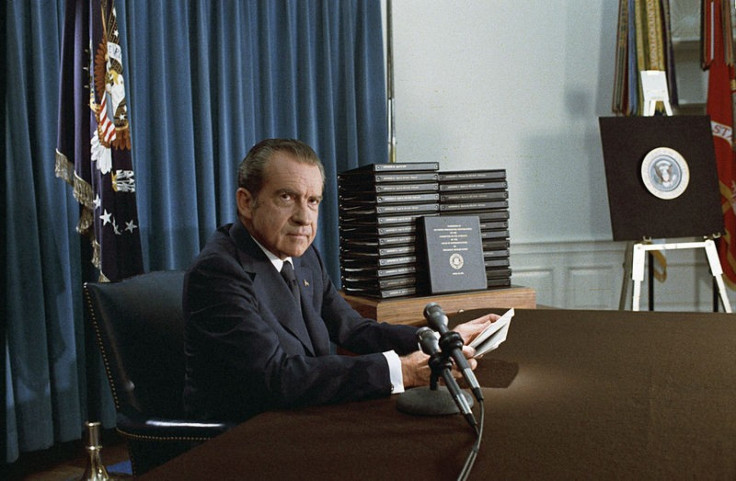Richard Nixon's Surprising Environmental Activism Is Felt 40 Years Later

While Richard Nixon is most remembered for having to resign from the Oval Office in disgrace after the Watergate scandal, on the 39 anniversary of his resignation, Tricky Dick’s legacy lives on from a surprising source: environmentalists.
“He is correctly remembered as really one of the greatest environmental presidents, and that is not a very long list," Doug Scott, a former lobbyist for The Wilderness Society, told International Business Times Wednesday. “Nixon properly deserves to be in that pantheon of environmental presidents.”
Scott, a 45-year veteran of the group, said that while he's not a big fan of the 37th president, he does admire Nixon's efforts in environmental and wilderness protection, citing the Alaska Native Plains Settlement Act of 1971. The act preserved tens of millions of acres of Alaskan wilderness.
"What we really confront here is that in the highly industrialized, richest countries, we have the greatest danger,” Nixon remarked at the singing of the National Environmental Policy Act (NEPA) on Jan. 1, 1970.
“Because of our wealth, we can afford the automobiles, we can afford all the things that pollute the air, pollute the water, and make this really a poisonous world in which to live,” Nixon said.
Scott said NEPA was one of Nixon’s greatest environmental successes. The act protected the environment by ensuring federal projects had to go through a thorough Environmental Impact Statement (EIS) review before being approved.
In one of its earliest notable applications, NEPA was used to try to stop the construction of the Trans Alaska pipeline in the 1970s. “NEPA in particular gave citizens new tools to open up federal decision-making and allowed citizens to question what the government was doing,” Scott said.
© Copyright IBTimes 2025. All rights reserved.






















